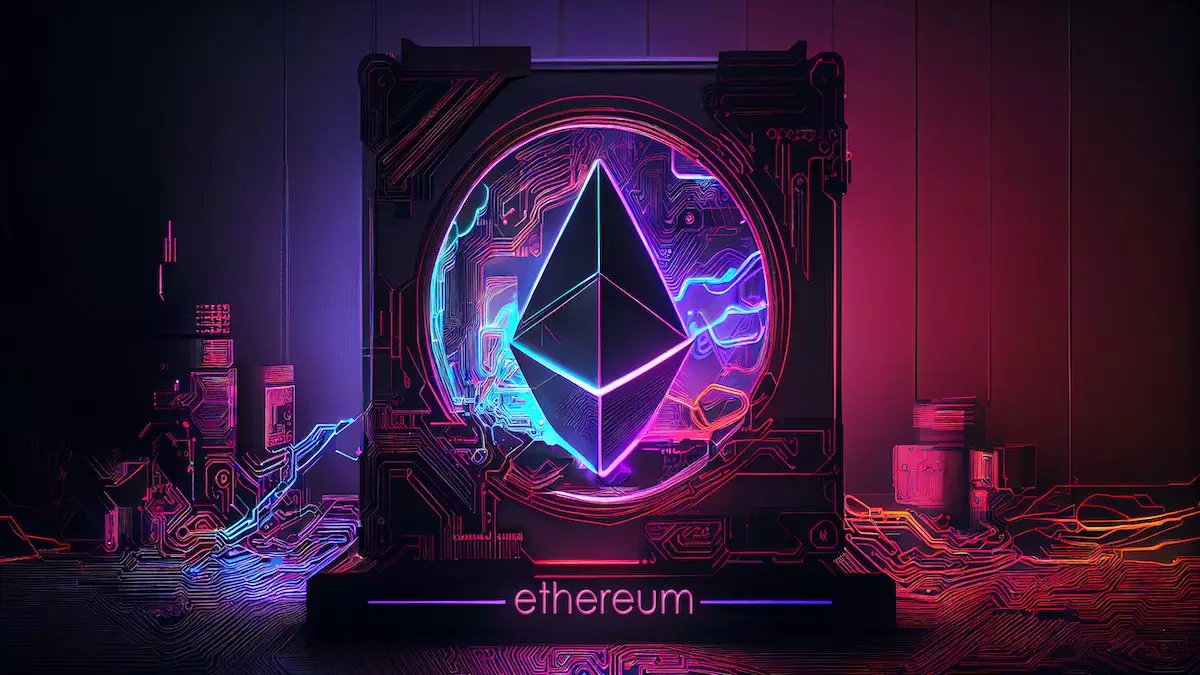ERC404, the newest token standard on the block, has been making waves in the crypto community. Combining the features of ERC20 and ERC721 standards, ERC404 offers a unique and innovative approach to the world of tokens and NFTs. This experimental standard has gained significant traction, with an astounding $87 million in trading volume on decentralized exchanges within its first week. Additionally, nearly $1 million worth of ERC404 tokens have been traded on NFT marketplaces. But what exactly is ERC404 and why is it generating so much interest?
Pandora, the first project built on the ERC404 standard, has captured the attention of crypto enthusiasts. This project introduces a groundbreaking concept, combining 10,000 ERC-20 tokens with 10,000 associated “Replicant” NFTs. What sets Pandora apart is the dynamic relationship between the tokens and NFTs. When a user purchases a full PANDORA token on an exchange, 1 Replicant NFT is minted to the buyer’s wallet. Conversely, selling 1 PANDORA token results in the connected NFT being burned. This creates a constantly fluctuating market for these unique Replicants, driving up their demand since launch.
ERC404 presents a significant deviation from fractionalized NFTs, which only allow for partial ownership. By merging the rules of ERC20 and ERC721, this standard allows each Replicant to have properties of both a token and an NFT. This unique combination opens up new possibilities in the world of crypto assets. Furthermore, ERC404 improves liquidity for NFTs by enabling users to sell tokens on popular decentralized exchanges like Uniswap, which boasts substantial liquidity. The sale of a fungible token linked to an NFT ultimately leads to the NFT’s destruction, creating a dynamic market for rare Replicants. The success of ERC404 is evident in the high trading volumes and substantial fees it has generated for liquidity providers on Uniswap.
The introduction of ERC404 has not gone unnoticed by the crypto community. Marketplaces like Blur have swiftly integrated this standard, paving the way for other platforms and NFT projects to follow suit. The potential for ERC404 is vast, and it’s only a matter of time before more projects adopt this standard. With its first project, Pandora, already making significant waves, it is evident that ERC404 has tremendous potential. As more platforms and projects integrate ERC404, we can expect even higher trading volumes and a dynamic market for rare NFTs. The rise of ERC404 signifies an innovative step towards merging the features of ERC20 and ERC721 standards.
The future of ERC404 looks promising. As this new token standard continues to shape the world of crypto and NFTs, it is essential to keep an eye out for its advancements. The ability to combine the features of ERC20 and ERC721 standards opens up a world of possibilities for developers, users, and investors alike. With the success of Pandora serving as a testament to the potential of ERC404, it’s clear that this token standard will play a significant role in the evolution of the crypto ecosystem.



Leave a Reply